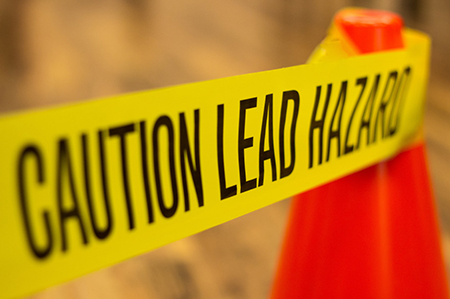What is Soil Remediation Fixation?
Soil Remediation Fixation can be done by a chemical process that will prevent leaching of metals into the ground water during soil remediation projects. Reactions change the chemical form of the metal from an oxide, carbonate or hydroxide to a silicate, which is significantly less soluble than most other compounds.
A developer near Detroit, MI wanted to redevelop a property with an ideal location for a freezer and cold storage warehouse. The only problem was the site used to be a junk yard and had high levels of lead contamination over a large portion of the site. This is associated with areas that lead-acid batteries were crushed inside cars and were left to drain and required lead fixation and soil remediation action.
Some soil was disposed off-site as D008 waste at great expense, but when a significant area required a large undercut for structural reasons, the disposal costs were threatening the viability of the project.
The contractor sought a lead fixation solution for his problem. Watch the video for the answer that
saved $1.4 million in disposal cost.
Lead Fixation With Blastox® 215
Because of it’s smaller particle size for more reactive surface area and used for lead fixation and other heavy metals on soil remediation projects.
- Used on thousands of tons of heavy metal contaminated soil
- Long-term stability
- Applied at low does rates
- Waste always remains stable
- Save you time and money making soil non-hazardous
- Protect the environment from contamination
Because of its effectiveness, it’s also been used on thousands of tons of heavy metal contaminated soil remediation fixation projects. Its chemistry has a proven long-term stability benefit for lead fixation. You can apply it at low dose rates and have peace of mind knowing that the waste will remain stable, always.

Product Description: Blastox® 215 is a patented, fine granular, complex calcium silicate-based additive. It stabilizes heavy metals including lead and cadmium.
The Blastox® soil remediation fixation process has three proven steps:
- Creation of an alkaline waste matrix in which various heavy metals become more resistant to acidic leaching
- Addition and substitution reactions change the chemical form of the lead from a lead oxide, carbonate or hydroxide to a lead silicate, which is significantly less soluble than most other lead compounds.
- Hydration reactions physically encapsulate the waste, limiting water access and leaching







